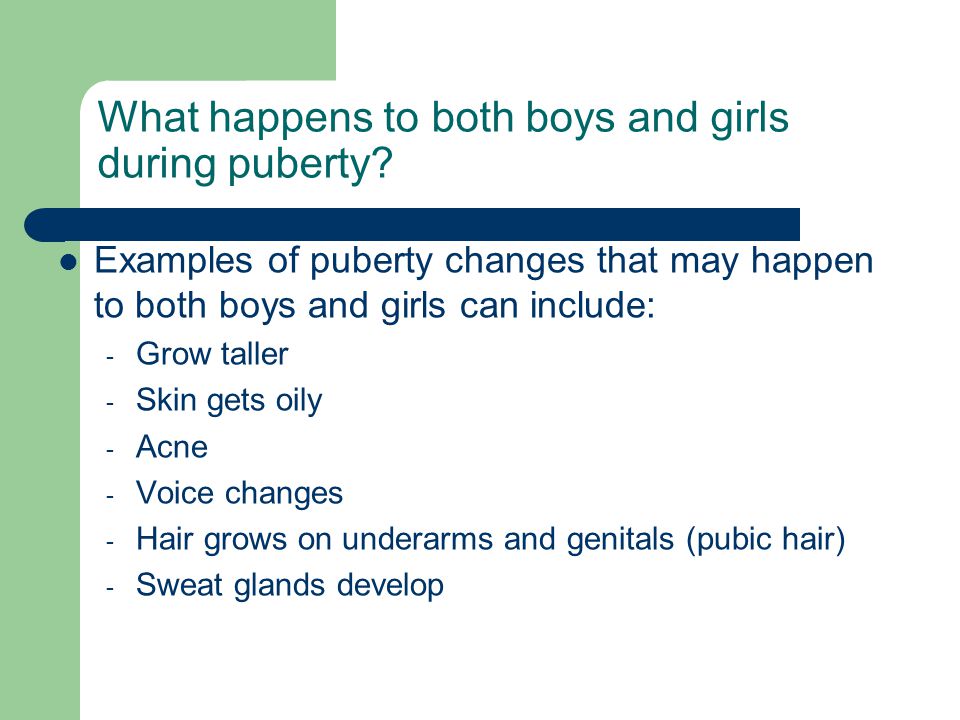

The process of voice change rarely gets hampered due to the dysfunction of the voice box. However, the condition doesn't imply any anatomical defect in the voice box. Psychological causes like hero-worship of an older boy, or excessive maternal protection (where the boy imitates the mother) can also delay a boy's voice change. There can be many triggers for this, the primary ones being emotional stress and delayed development of secondary sexual characteristics. Though this phase is a part of puberty, you should be aware that in some cases, your son's voice may not change even after puberty. While these changes are in progress, the boy's voice can break or crack. The larynx growing larger results in it protruding as the 'Adam's Apple'. The voice box becomes bigger, the vocal cords thicken, and the resonance of the voice changes to a deeper tone. These areas act as resonating chambers, contributing to the unique characteristics of one's voice.ĭuring this stage of life, as the facial bones grow, the nose, sinuses and throat become bigger. The structure of areas like the throat, nose and sinuses vary from person to person. However, the larynx does not contribute to the distinctive voice quality of individuals.

They vibrate like the strings of a guitar to produce sound. Two vocal cords stretch across the larynx. The way a person's voice changes depend on the larynx, which is present in the front part of the throat. To begin with, you need to understand the functioning of the voice box, an organ called the larynx in medical terms. To help your son cope with this change, you need an in-depth understanding of this phenomenon. It usually takes from a few weeks to three months for a boy's voice to settle into its adult form. If your child's voice starts changing well before he is nine years old, it is better to consult a doctor. This usually begins at around nine years and goes on until the child turns 14. A lot of physiological changes also happen during this period. There may be penile erections because of the filling of the penis with blood, making it hard. Erections may happen when having thoughts about sexual things, or they may happen for no reason.If you have sons, their mischief and boundless energy aren't the only things you must contend with as they enter their teens.There may be "wet dreams," which refers to involuntary ejaculations of semen during sleep.The breasts may appear swollen, but this generally goes away with time.They may look more muscular in appearance with shoulders appearing broader.Facial hair grows thicker, darker and longer.There is an increase in the size of the penis along with the growth of hair at its base.Generally, the first sign of puberty in boys is the increase in the size of the testes.There may be white mucus-like discharge from the vagina because of changing hormone levels.The menstrual period may begin, generally within the first two years of the beginning of pubertal changes.The feet, legs and arms grow at a faster rate than the rest of the body.These changes may make the curves more prominent as the waist appears narrower, while the buttocks look rounder. There may be an increased fat deposition in the legs, abdomen and buttocks. There is an increase in height and weight and the hips become wider and more prominent. The areola (the darker circular area around the nipple) gets larger.The breast size increases (it is generally the first sign of puberty in girls).The adult height is generally attained by the end of puberty. Increase in height, weight, coordination and strength.There may be some pain felt in the arms and legs, called growing pains, because of the growth spurts.Increased hair growth on the arms and legs.Increased sweating along with the presence of body odor.The appearance of coarse pubic hair (hair growing around the genitals).The appearance of acne or pimples on the face and body.Some of the signs, however, occur in both genders and include

The signs of puberty may differ between males and females. Many changes occur in the shape and appearance of the body during puberty. Puberty usually starts at an earlier age for girls and the first signs could appear as early as eight years of age. This process generally begins between 10 and 14 years of age among girls and 12 to 16 years of age among boys. This is, however, a normal part of growing up and marks the transformation journey from being a child to an adult. During this period, several changes occur in the body and mind that are overwhelming. Puberty is the phase when children become sexually mature. Many changes occur in the shape and appearance of the body during puberty.Įach phase of life has its distinct challenges and what seems to be the toughest is the transition period between phases.


 0 kommentar(er)
0 kommentar(er)
